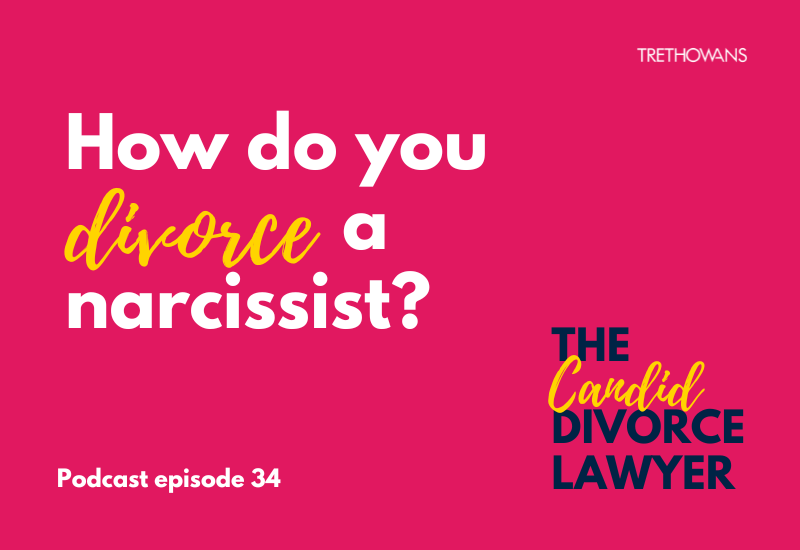- 12 Aug 2024
- •
- 4 min read
What is a Child Arrangements Order?

A Child Arrangements Order is a Court Order that outlines who a child is to live with, spend time with or otherwise have contact with. The Court could make an order that the child lives with both parents, and outline when the child is to live with one parent and when they are to live with the other. Alternatively, it may determine that the child lives with one parent and has contact with the other. Both options are very common. Each Child Arrangements Order is decided on the circumstances of the individual family and on what is in the best interests of that particular child. This means that there is no such thing as a ‘usual’ arrangement.
When deciding what arrangement is most suitable for a particular child the Court is obliged to consider the “welfare checklist”. The welfare checklist is defined in S1 of the Children Act 1989 but in short it is a list of everything regarding a child that the Court must consider prior to varying, making or discharging any Court Orders that deal with the living arrangements for a child. The main points are:
- The ascertainable feelings and wishes of the child, considering the understanding and age of the child. There is no law concerning how old a child has to be for the Court to really listen to their wishes and feelings. As a general rule of thumb, the Court will give some weight to the wishes and feelings of a child aged 11 and above. However, this still depends on the individual child and their level of maturity.
- Educational, emotional and physical needs of the child. The Court has to consider which parent can meet the child’s needs and that is on both a short term and long term basis.
- Sex, background, age or any other feature the Court determines is relevant.
The Court may need to consider the cultural and religious background of the child. The Court needs to ensure it has a complete understanding of the child’s needs before making any decision.
- The options available to the Court
The Court’s paramount concern is the welfare of the child. It may be that the application is solely to determine living arrangements but if the Court feels other orders are necessary, it can make them, e.g. a Specific Issue Order in respect of the child’s education
- Any harm suffered or potential risk of suffering
This could be domestic abuse, ill treatment or any action that impairs the child from developing. The child must be protected from any harm or risk of suffering.
- The capability of each of the parents, and any other related persons, to meet the child’s needs
The Court will give priority to the parents but if neither can provide the child with suitable accommodation and meet all the child’s other needs, then the Court could consider a 3rd party to care for the child.
- The impact on the child of any changes in their circumstances
The Court tends to prefer to limit disruption for a child and so any changes for the child need to be considered carefully and the impact it may have on the child analysed.
A Child Arrangements Order is only available for minor children and cannot be sought for an adult child. The contact arrangements set out in the Child Arrangements Order are legally binding until the child reaches the age of 16 unless the order specifically says something different. The “live with” element of an Order remains legally binding until the child is 18, although the Court is very reluctant to interfere in any arrangements after the child is 16. Generally, after that point it is up to the child who they live with and who they spend time with.
What if the parents agree to do something different to what is outlined in the Child Arrangements Order?
If all parties to the Child Arrangements Order are in agreement about any changes, it would not be a breach of the order to depart from its terms. This could be on a permanent basis or a few ad hoc changes, e.g. swopping weekends etc. However, the parties must be aware that these changes are not legally binding unless the Child arrangements Order is formally varied by the Court. This means that if the informal agreement comes to an end at any point, the parties will have to revert back to the original Child Arrangements Order.
What if one parent thinks the arrangements in the Child Arrangements Order need to change but agreement cannot be reached?
The Court are aware that family circumstances change over time and that children’s needs change as they get older. It is hoped that the parties can agree these changes but if they cannot then it is open to either parent to apply back to Court for variation of an existing Child Arrangements Order. The person making the application will have to demonstrate that their proposed changes are in the child’s best interests and then the Court will review the arrangements and make a determination. That determination could be that the original Order continues, it is varied as requested by the person applying for the variation, or a variation that the Court determines is more suitable.
What happens if one parent does not abide by the Child Arrangements Order?
The Court does not monitor Child Arrangements Orders once the final order has been made. It therefore would not be aware of any breaches unless a formal application for enforcement is made. The Court will only make an Enforcement Order if it is satisfied beyond reasonable doubt that a person has failed to comply with the Order. The Court will not make an Enforcement Order if it is satisfied that the person had a reasonable excuse for failing to comply with the Order. When making an Enforcement Order, the Court can sanction the person with a warning, fine, community service, or a prison sentence.
Our Family team offer free initial consultations. If you require any advice about parental responsibility or Child Arrangement Orders then please get in touch on 0800 280 421 or fill out our form below.














